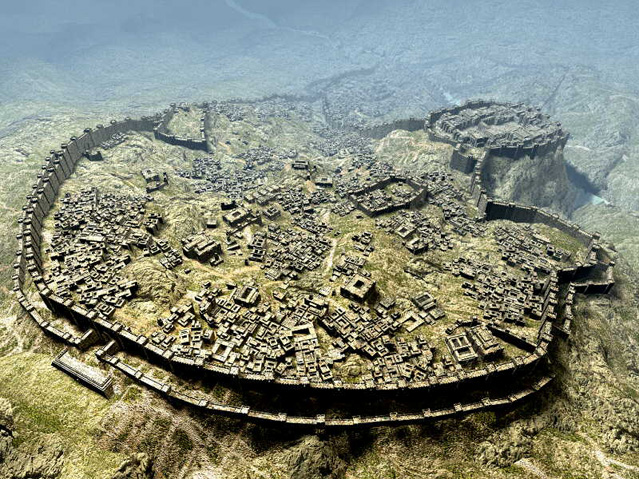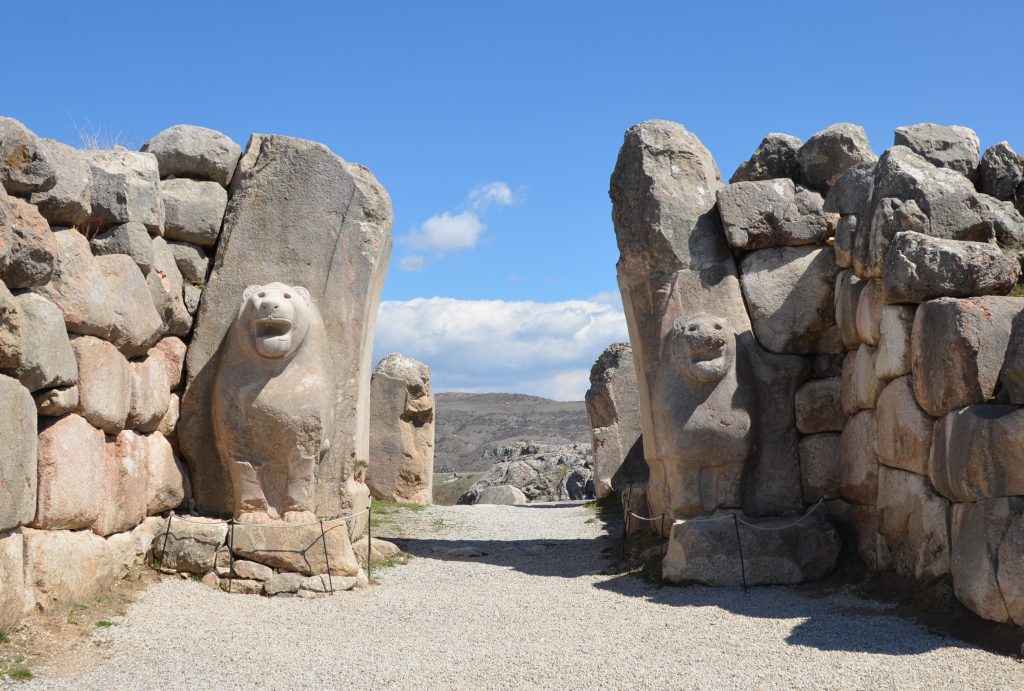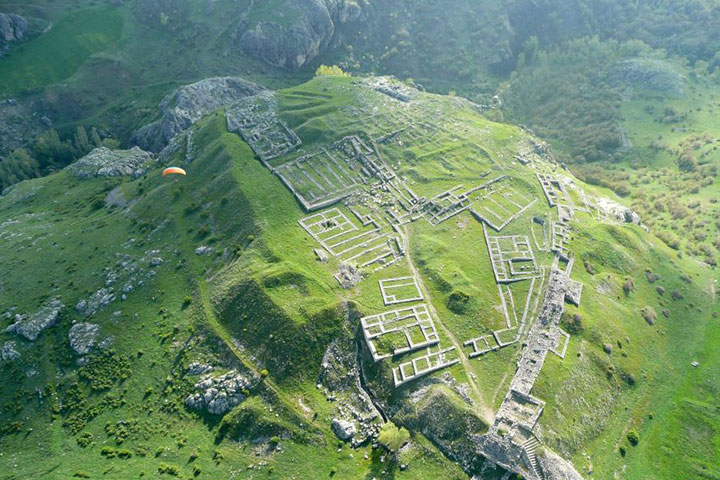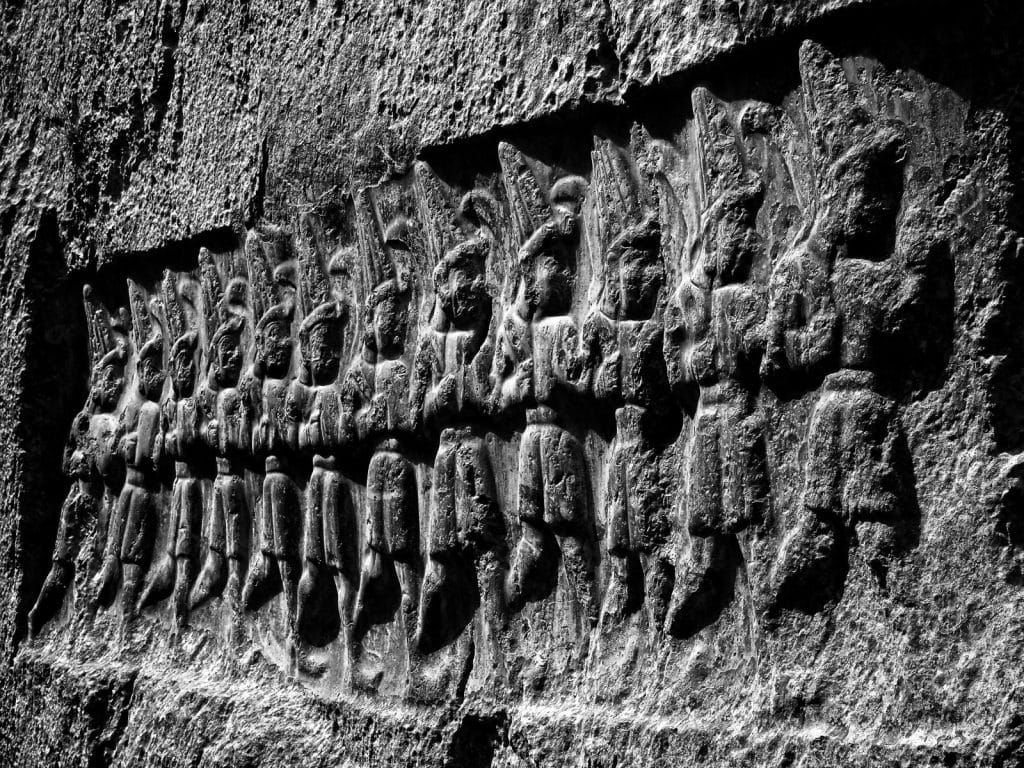
Hattusa: A Journey into the Heart of the Hittite Empire
Hello history enthusiasts! Today, let’s embark on a time-traveling adventure to Hattusa, the mysterious capital of the Hittite Empire, peacefully resting in the vast plains of modern-day Turkey. Hattusa has piqued the curiosity and enchanted researchers for years, existing as an archaeological treasure trove. Let’s take a glimpse into the unknown world of this fascinating city.
Historical Origins of Hattusa
Established in the 17th century BCE, Hattusa served as the capital of the Hittite Empire. This ancient city, along with other significant Hittite settlements like Alacahöyük and Şapinuva, is part of a great civilization in the heart of Anatolia. The historical roots of Hattusa deepen with the expansion of the Hittites into Anatolia and the peak of the empire.

Architectural Marvels of Hattusa
Hattusa captures attention with its massive stone walls, palaces, and temples. The Great Temple, one of the city’s most prominent features, is a sacred space dedicated to the devotion of the Hittite gods, adorned with colossal stone pillars, monumental gates, and embellished walls.
The Great Palace in the palace area is a notable example of Hittite architecture. Here, traces of a period where kings ruled, diplomatic meetings were held, and the empire was governed can be found. The streets of Hattusa are adorned with cobblestone paths and artistic works, reflecting the life of an ancient metropolis.

Daily Life in Hattusa
The people living in Hattusa spent their daily lives working in palaces and temples. Hittite society engaged in various sectors such as agriculture, animal husbandry, and metalworking. The city was a hub where craftsmen, merchants, and various professional groups converged. The streets of Hattusa were a meeting point for diverse cultures.

The End and Legacy of Hattusa
With the collapse of the Hittite Empire, Hattusa gradually fell into abandonment. By the end of the 12th century BCE, the city became ruins and was left to be forgotten. However, archaeological excavations that began in the mid-19th century brought Hattusa back to light. Today, the city is preserved as an important archaeological site, offering visitors the opportunity to trace the footsteps of Hittite culture and civilization.
Hattusa is significant not only for its stone walls and monumental structures but also as a window into Hittite society and culture. This ancient city continues to excite the world of science and enchant visitors.
You may also like
- A 1700-year-old statue of Pan unearthed during the excavations at Polyeuktos in İstanbul
- The granary was found in the ancient city of Sebaste, founded by the first Roman emperor Augustus
- Donalar Kale Kapı Rock Tomb or Donalar Rock Tomb
- Theater emerges as works continue in ancient city of Perinthos
- Urartian King Argishti’s bronze shield revealed the name of an unknown country
- The religious center of Lycia, the ancient city of Letoon
- Who were the Luwians?
- A new study brings a fresh perspective on the Anatolian origin of the Indo-European languages
- Perhaps the oldest thermal treatment center in the world, which has been in continuous use for 2000 years -Basilica Therma Roman Bath or King’s Daughter-
- The largest synagogue of the ancient world, located in the ancient city of Sardis, is being restored











Leave a Reply